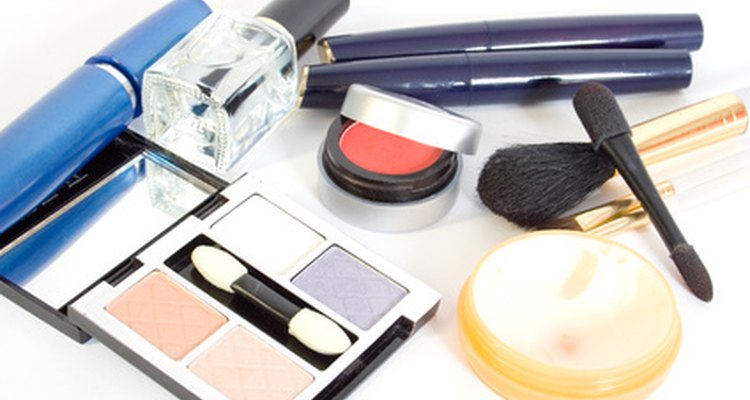
A cosmetic is an item, such as eyeshadow or lipstick, that is applied to the body in order to alter a person's appearance. It is usually applied to the face. The manufacturing process varies according to the particular cosmetic, but some of the rules and regulations associated with manufacture are universal.
Rules and Regulations
Cosmetics may include a wide variety of ingredients, except for chloroform, excessive amounts of mercury and hexachlorophene (both of which are strictly regulated), cattle material prohibited by the FDA and colors not approved by the FDA. The FDA has the right to inspect cosmetic manufacturing facilities for violations.
Mascara
Mascara can be manufactured in one of two different ways: with water (emulsion) and without water (anhydrous). In the emulsion process, thickeners are combined with water to create a creamy base. Waxes and emulsifiers are blended and heated, pigments are added and the mixture is combined with the creamy base. In the anhydrous process, all ingredients are blended together in a tank and heated.
Lipstick
The process for manufacturing lipstick requires that the ingredients be melted and mixed in three separate solutions: solvents, oils, and waxes and fats. After the mixtures are blended, some manufacturers use a vacuum to remove any trapped air. The molten lipstick is poured into molds, which are then refrigerated.
Nail Polish
Nail polish consists of a pigment suspended in a solvent. The pigment is finely ground before being added to the solvent. The nail polish is then cooled, and other materials such as perfumes and moisturizers are added.
Fun Fact
Both lipsticks and nail polishes commonly contain micas (reflective minerals) and "pearl," a substance made from fish scales and skin (carefully cleaned, of course).
Related Articles
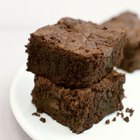
What Kind of Oil Do You Use in Brownie ...

Will Cream of Tartar Whiten Teeth?

Ingredients in Revlon Colorstay Lipstick

How to Make Grapefruit Seed Extract
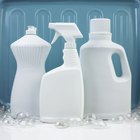
Difference Between Soap & Synthetic ...

Chi Silk Infusion Ingredients

The Ingredients in Jergens Naturals

What Is the Difference Between Tattoo ...
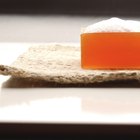
Ingredients of Bar Soap

How to Make Beeswax Face Cream

What Are the Differences Between ...
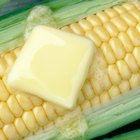
Common Food Emulsifiers
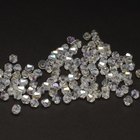
What Is Crystal AB?

What Are the Ingredients in Proactiv?

Shoe Polish Ingredients

Composition of Monosodium Glutamate
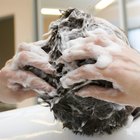
Inert Ingredients for Dove Shampoo

List of Retinoids
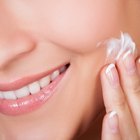
Ingredients in Restylane

Ingredients of Fels Naptha
References
Writer Bio
Marie Anne Haughey has been writing since 2003 and has been published in college literary magazines and newspapers, and on an investment research website, Taipan Publishing Group. She writes instructional articles online, specializing in games and hobbies, health and fitness, and animals. Haughey is a recent graduate from Stevenson University with a Bachelor of Arts degree in English writing.
Photo Credits
cosmetics image by anna karwowska from Fotolia.com